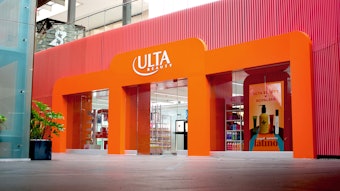
Web accessibility, when websites and web tools are properly designed and coded in order for people with disabilities to successfully use them, may seem fundamental when it comes to creating websites and mobile apps, however, in 2016, 70% of U.K. websites did not meet accessibility standards outlined by the country’s Equality Act of 2010, according to an article from www.theinstitute.ieee.org.
In fact, the article states, companies that do not adhere to web accessibility standards can face lawsuits by advocacy groups. One such lawsuit was recently filed against beauty industry "it" brand, Glossier. According to an article from www.gizmodo.com, a woman—who is legally blind—alleged that Glossier failed to create an accessible website and that she "encountered multiple access barriers."
Accessibility issues on websites include colors that are too similar, making it difficult for color blind visitors to navigate and the lack of alt tags, which are often read aloud by screen-reading devices to users with visual impairments.
As inclusivity becomes the much-needed norm in 2018, brands cannot afford to let web accessibility go overlooked. Resources, such as Deque Systems, are available to analyze web design, development and accessibility compliance.










